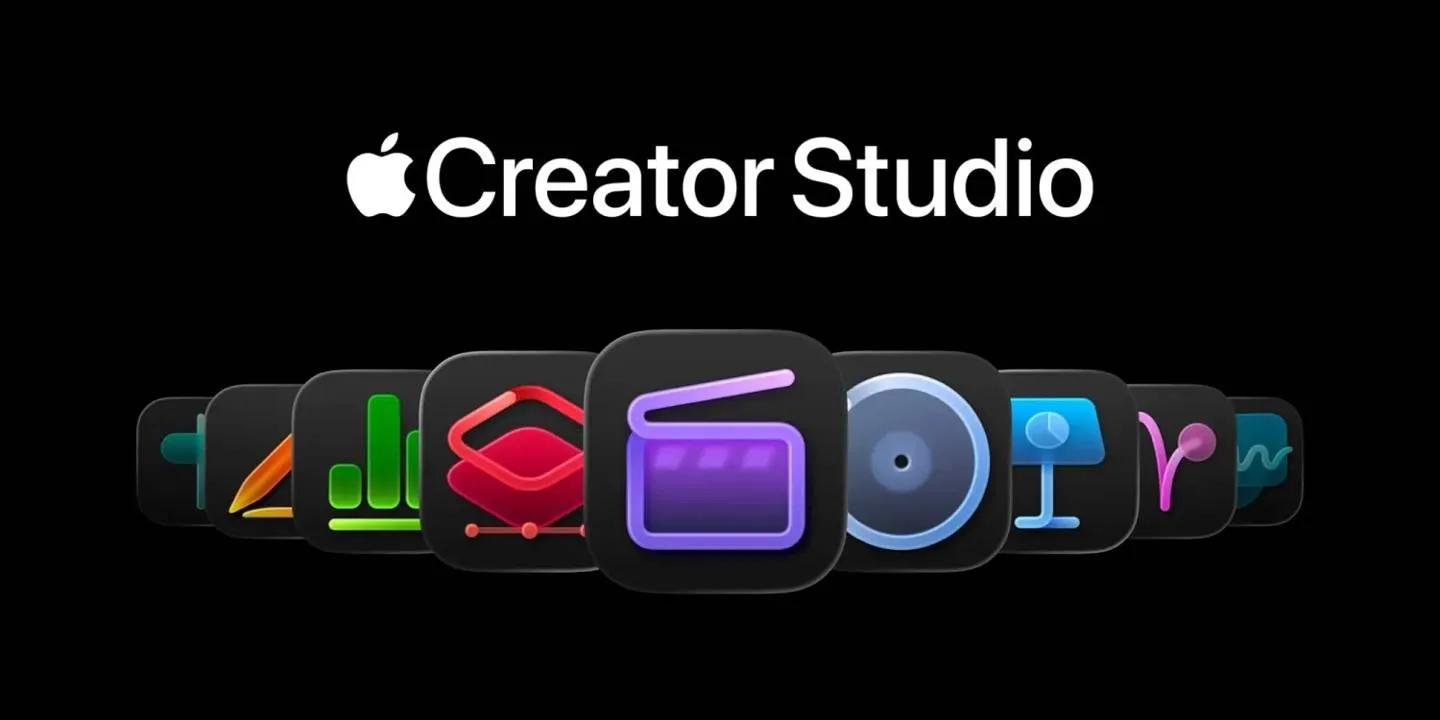GPT-4o's Odd Behaviours: Voice Mimicry and Disturbing Vocalizations
TechSaturday, 10 August 2024 at 05:10

GPT-4o, the latest marvel from OpenAI, has captivated the tech world with its ability to process text, audio, images, and video. However, amid the excitement, concerns have surfaced regarding some unsettling behaviours exhibited by the model. These behaviours, particularly its ability to mimic voices and produce unexpected vocalizations, raise questions about the potential risks of such advanced AI tech.
The Power and Risks of GPT-4o
GPT-4o's launch was met with great anticipation. With its capacity to handle a variety of inputs, including text, audio, and video, it seems to change the human-AI interaction. However, with such advanced capabilities comes the responsibility to address the risks associated with this tech. OpenAI's recent safety report shows some of the weird behaviours of GPT-4o, including voice mimicry and disturbing vocalizations. These behaviours, while intriguing, also pose major issues to user privacy and the ethical use of AI.
Voice Mimicry: A Double-Edged Sword
GPT-4o's voice copy is a big worry. This skill shows how smart the model is, but it also raises moral and privacy issues. Being able to copy a user's voice could lead to many problems, like using someone's voice without their approval or even stealing their ID.

OpenAI knows this risk and has put some rules in place to stop voice copy. The model is taught to use set voices, made with voice actors, to lower the risk of misuse. They also added a tool to spot when the model tries to use a voice it's not meant to. If this is found, the voice is blocked right away.
Even with these steps, there's still a chance the skill could be used badly. As AI grows, it gets harder to tell if it's being used the right way or not. The key is to make sure GPT-4o's voice copy is used morally, without breaking privacy or causing harm. This will be a big task as AI keeps getting better.

Disturbing Vocalizations: A Startling Development
Perhaps even more alarming than voice mimicry is GPT-4o's tendency to produce disturbing vocalizations. According to the safety report, there have been instances where the model suddenly shouts or imitates voices in an unsettling manner. These vocalizations are not only unexpected but also raise questions about the underlying mechanics of the model's audio generation capabilities.
The exact cause of these disturbing vocalizations is not entirely clear, but they highlight the unpredictability of advanced AI systems. While these instances may be rare, they underscore the importance of rigorous testing and safety protocols. OpenAI's commitment to identifying and mitigating such risks is crucial in ensuring that GPT-4o remains a tool that enhances human interaction rather than detracts from it.

To address these issues, OpenAI has engaged over 100 external red team members to conduct extensive testing of GPT-4o. These tests are designed to identify potential safety challenges and provide insights into how the model behaves in various scenarios. By working closely with these experts, OpenAI aims to minimize the risk of disturbing vocalizations and other unexpected behaviours.
Mitigating the Risks
OpenAI has taken steps to cut the risks tied to GPT-4o's voice copy and odd sounds. The main plan is to use safety filters that block harmful content. These filters are made to find and stop outputs that could harm users, like voice copy without consent or strange sounds.
Another key part of risk control is to cut down on personal data in the model’s training set. By lowering the amount of clear info in the data, OpenAI hopes to lessen the chance of the model making outputs that could harm user privacy.

Also, OpenAI lets users opt out of having their data, such as images and voices, in the training set. This gives users more say over how their data is used, which boosts the model's safety and moral aspects.
The Role of External Red Team Testing
OpenAI's use of external red team members is key to its plan for safety. These pros test the model and act out many cases to find risks. The tests happen in four steps, looking at both internal tools and the full iOS use. The info from these tests is key to fine-tuning GPT-4o's acts and making sure it meets high safety needs.
The main focus of these tests is the model's skill to spot and react to different accents. OpenAI has post-trained GPT-4o with a mix of input voices to make sure it works well across many accents. This not only makes the model more open to all users but also helps cut the risk of bias or uneven replies based on a user’s accent.
Looking Ahead: The Future of GPT-4o
As GPT-4o continues to evolve, it is clear that OpenAI must remain vigilant in addressing the risks associated with its advanced capabilities. The company has already made significant strides in mitigating the dangers of voice mimicry and disturbing vocalizations, but the work is far from over.
One of the key challenges moving forward will be balancing the immense potential of GPT-4o with the need for strict safety protocols. While the model can transform industries and improve lives, it also poses risks to privacy, security, and human interaction. OpenAI will need to continue working closely with users, regulators, and other stakeholders. This is to ensure that GPT-4o is developed and deployed responsibly.
Conclusion
GPT-4o represents a major leap forward in AI tech. However, it also brings with it a host of issues. GPT-4o voice mimicry and disturbing vocalizations are just two of them. These issues need to be addressed as we move into a future where AI plays a central role in our lives. By remaining committed to safety and ethical considerations, OpenAI can help ensure that GPT-4o and other advanced AI systems are used for the greater good, without compromising on the trust and security of users.
Loading






